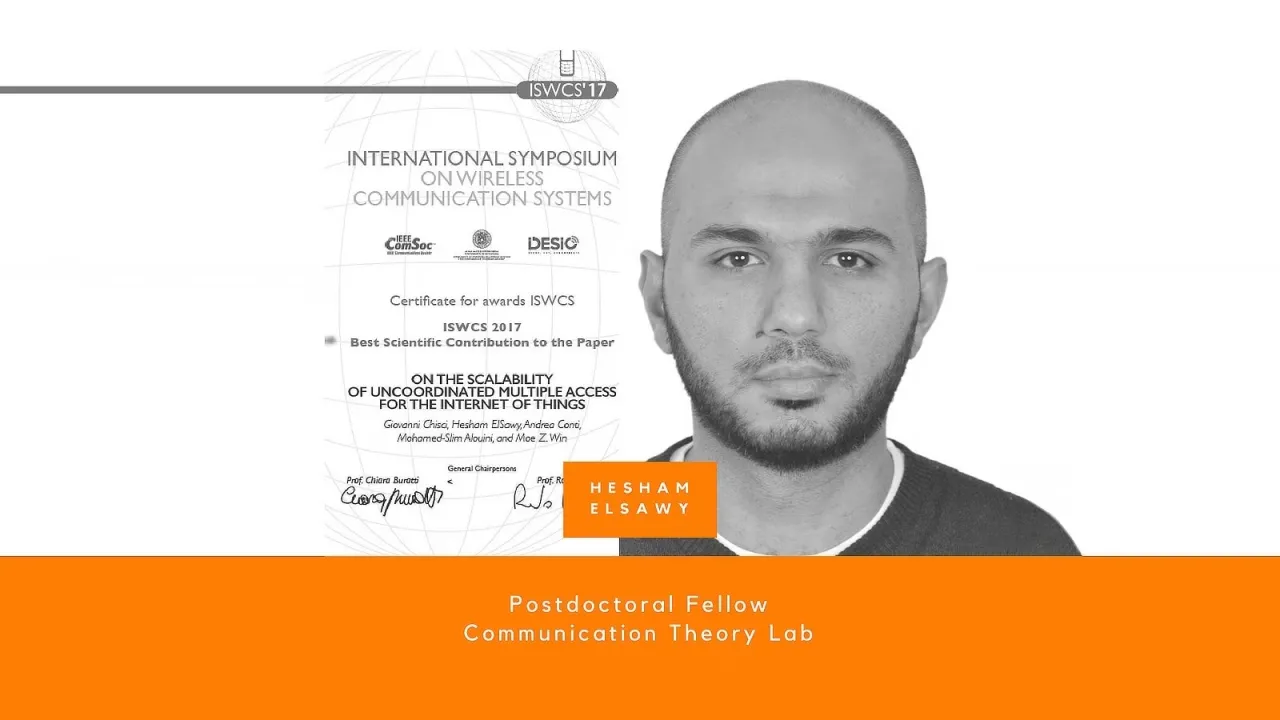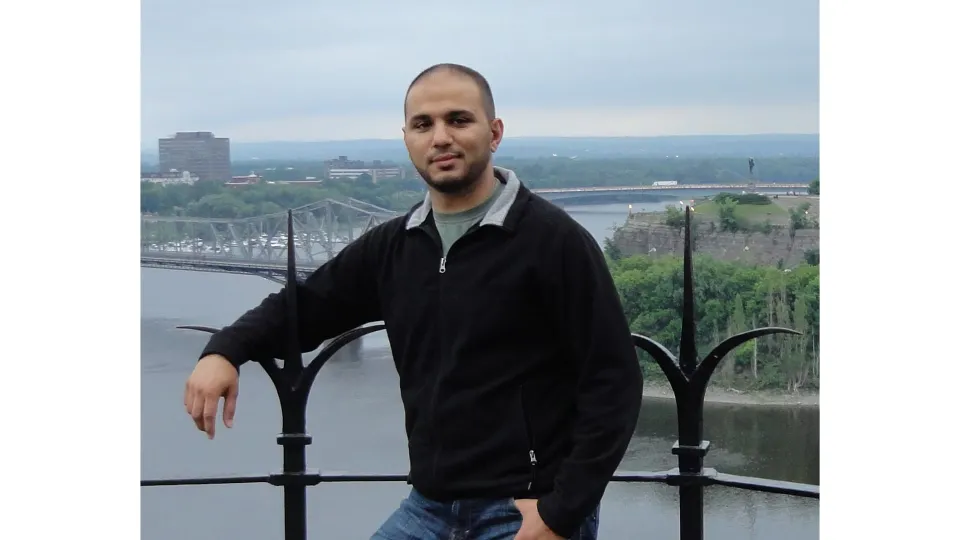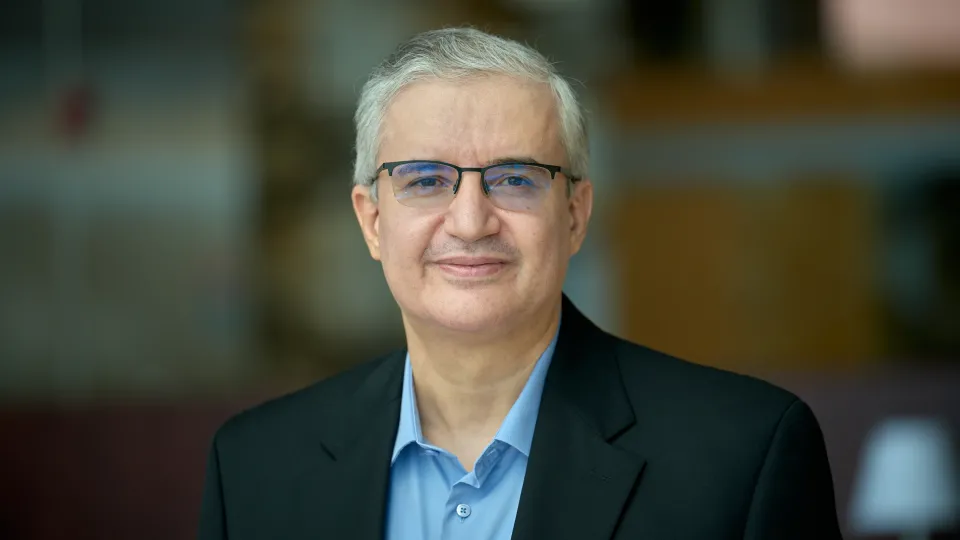
Hesham ElSawy gains ISWCS Best Scientific Contribution Award 2017
The imminent era of the smart world is foreseen to involve massively many power and computationally constraint wireless devices with sporadic traffic patterns. The surging Internet of things (IoT) and cyber physical systems (CPS) are clear examples that rely on massive wireless networks. Hence, realizing such extensive wireless connectivity is mandatory to unlock the potentials and reap the benefits of the foreseen smart era.
About
-By Valentina De Vincenti
The imminent era of the smart world is foreseen to involve massively many power and computationally constraint wireless devices with sporadic traffic patterns. The surging Internet of things (IoT) and cyber physical systems (CPS) are clear examples that rely on massive wireless networks. Hence, realizing such extensive wireless connectivity is mandatory to unlock the potentials and reap the benefits of the foreseen smart era.
A strongly needed solution for high-efficient cyber architectures presented by CEMSE's Postdoctoral fellow Hesham ElSawy gained the "Best Scientific Contribution Award" at the 14th International Symposium on Wireless Communications Systems (ISWCS), Bologna, Italy. ElSawy stood out with the paper titled "On the Scalability of Uncoordinated Multiple Access for the Internet of Things".
The awarded research addresses the scalability issues for current wireless networks to cater for the explosive traffic generated from IoT and CPS. Particularly, it presents a novel mathematical model, based on stochastic geometry and queueing theory, that captures the intricate spatiotemporal interactions between devices in massive wireless networks. The introduced model characterizes the behavior of complex large-scale networks, defines the scalability limits of current wireless networks, and enables optimized network design.
This paper is a result of a collaborative CEMSE research project with MIT and the University of Ferrara, conducted within the KAUST Sensor Research Initiative, which is supported by the Office of Sponsored Research at KAUST.
ElSawy, who is Postdoctoral Fellow in the Communication Theory Lab (CTL) at the Computer, Electrical, and Mathematical Sciences and Engineering division (CEMSE) co-authored the paper with CEMSE Prof. Mohamed-Slim Alouini, and Giovanni Chisci (PhD student, University of Ferrara), Andrea Conti(Professor, University of Ferrara), and Moe Win(Professor, MIT).
"I feel honored as this award is a real sign we are moving in the right direction. We aimed to provide the scientific community with a comprehensive and rigorous tool to design and implement IoT and CPS - said ElSawy - "This research anticipates great impacts in health care, public safety, well-being, home and industrial automation, as well as efficient shipping & delivery, future cities for a truly smart world."
Dr. Hesham ElSawy joined the Computer, Electrical, and Mathematical Sciences and Engineering Division at KAUST, as a Postdoctoral fellow in April 2014. Before that, he obtained his Ph.D. degree in Electrical Engineering from the University of Manitoba, Winnipeg, MB Canada, in 2014. During his Ph.D. studies, he worked with TRTech, Winnipeg, MB, Canada, as a Student Researcher. For his academic excellence, he has received several academic awards, including the Canadian Natural Sciences and Engineering Research Council Industrial Postgraduate Scholarship (NSERC-IPS). His research interests include statistical modeling of wireless networks, stochastic geometry, and queueing analysis for wireless communication networks. While being in KAUST, ElSawy has published over 45 technical papers that use stochastic geometry to solve cutting-edge problems in wireless communications.


